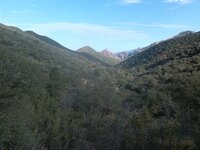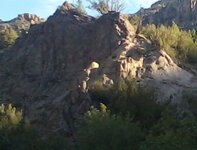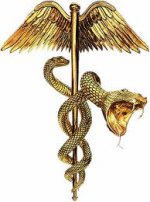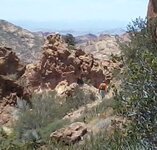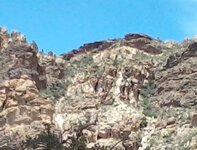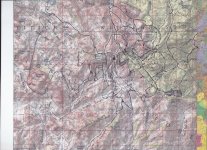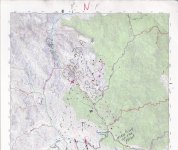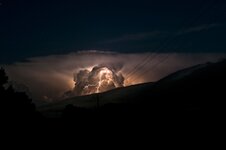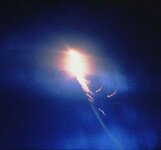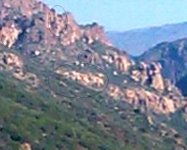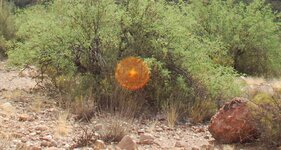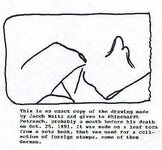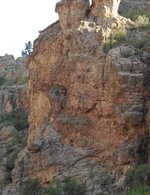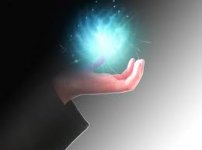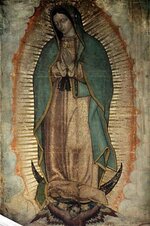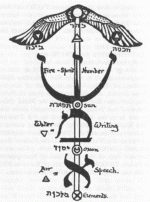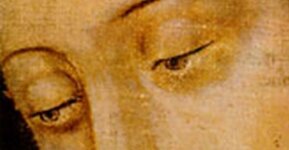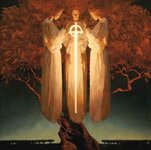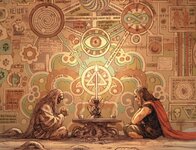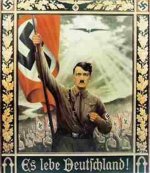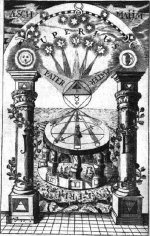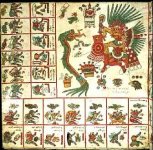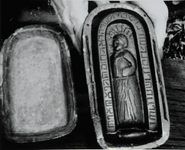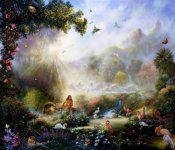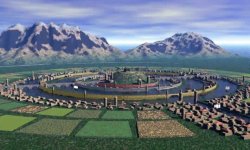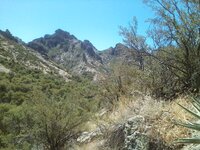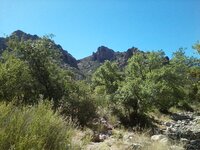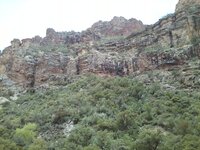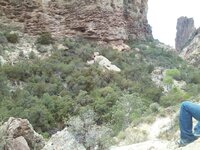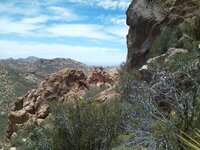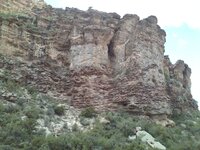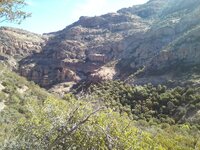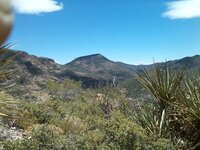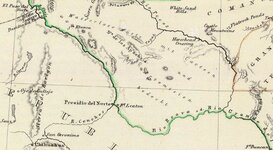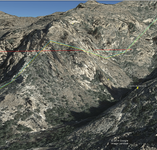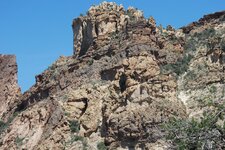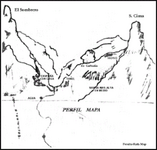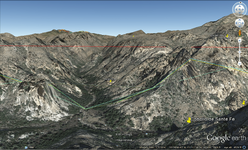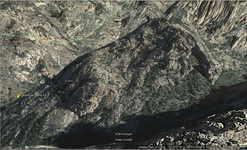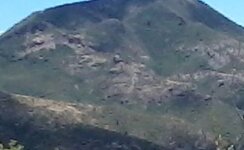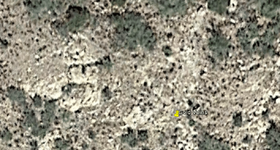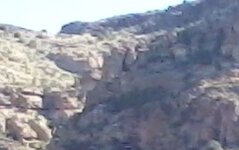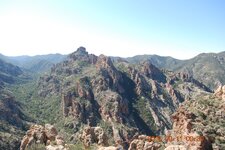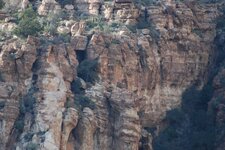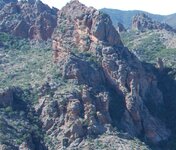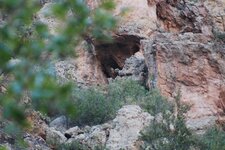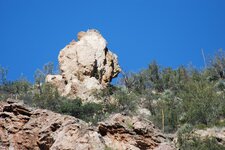sailaway
Hero Member
- Mar 2, 2014
- 623
- 815
- Primary Interest:
- All Treasure Hunting
Needed Treasure Hunters, Geologist, Archeologist, Cavers, Repelers, Historians, Historic preservation, Arms experts. Antiquities Dealers who are experts in the field. I have located the Mina Virgon, AKA LOST DUTCHMAN'S MINE. I have contacted D.C. and need expert confirmation of the site.
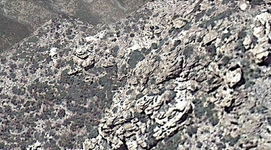
The MINA VIRGON MARKER
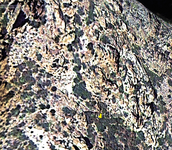
The Gold of Mina Virgon de Guadalupe
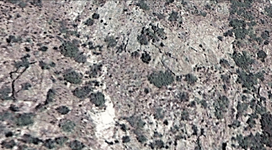
Blown up mine from the Horse Map
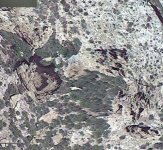
Cabillo de Sante Fe and No Way Out Indian on trail to mine,
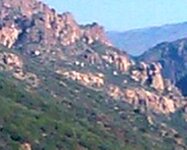
zoomed in on Orb under monument
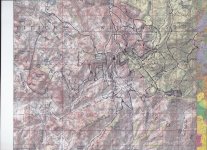
Tectonics of the area
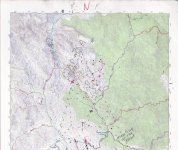
Tumacacori Map overlay
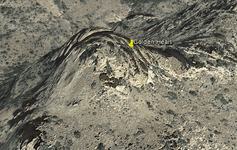
The Golden Heart across the Canyon that feeds the River of Gold
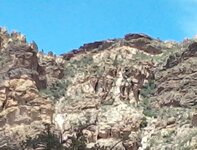
The Rio Del Oro
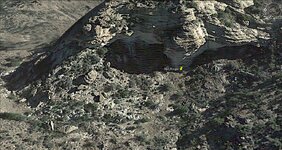
The Sierra Bell Ringer that the Eye of the Marker for the Mina Virgon looks directly at
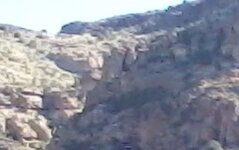
The Heart minus the m with the Priest, MAPA, Coazon
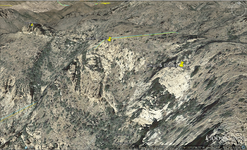
Indian Monuments of the Mine site
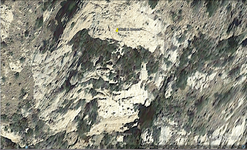
Death and Eternity, can Mankind be saved? This monument has several unique angles including this where the Figure is kissing the ground.
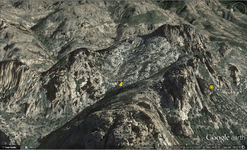
This is the Heart of the Peralta Stones Trail Map. Notice that the Marker and hieroglyphic of the Mina Virgon are on the back side of the peak. The No Way out Statue is to the right however the statue has been destroyed when a stone the shape of a sombrero fell on it last year (2012-2013)

The MINA VIRGON MARKER

The Gold of Mina Virgon de Guadalupe

Blown up mine from the Horse Map

Cabillo de Sante Fe and No Way Out Indian on trail to mine,

zoomed in on Orb under monument

Tectonics of the area

Tumacacori Map overlay

The Golden Heart across the Canyon that feeds the River of Gold

The Rio Del Oro

The Sierra Bell Ringer that the Eye of the Marker for the Mina Virgon looks directly at

The Heart minus the m with the Priest, MAPA, Coazon

Indian Monuments of the Mine site

Death and Eternity, can Mankind be saved? This monument has several unique angles including this where the Figure is kissing the ground.

This is the Heart of the Peralta Stones Trail Map. Notice that the Marker and hieroglyphic of the Mina Virgon are on the back side of the peak. The No Way out Statue is to the right however the statue has been destroyed when a stone the shape of a sombrero fell on it last year (2012-2013)
Attachments
Last edited:


